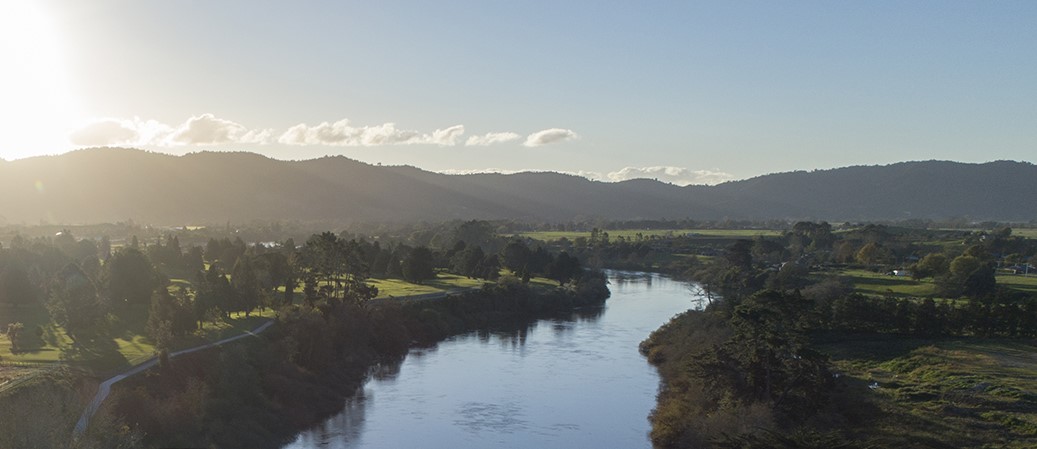In this article, we discuss proposed changes to the Disputes Tribunal that may significantly impact how mid-value disputes are resolved — including a potential increase to its jurisdiction and what that could mean for access to justice.
How might Hamilton City Council’s Plan Change 9 affect your property?
In part one of this series on Hamilton City Council’s Plan Change 9, we look at the major additions Hamilton City Council is making to register historic buildings and heritage areas in the District Plan.

Use this map to check if your property is affected: https://experience.arcgis.com/experience/a41ae306be594b2484e798e56f994e12
Under the Resource Management Act 1991 (“RMA”), Councils must have policies and rules that help protect the country’s heritage and the natural environment. It has been over a decade since Hamilton City Council last assessed Hamilton’s heritage and natural environment features. Through Plan Change 9 (“PC9”), Hamilton City Council is assessing what heritage and natural environments should be protected in its District Plan.
Plan Change 9 covers five topics, including:
- Built Heritage;
- Significant Natural Areas;
- Archaeological sites;
- Historic heritage areas; and
- Notable trees.
In this article, we outline the impacts that PC9 will have on built and historic heritage areas in Hamilton.
Built Heritage
‘Built heritage’ means:
any buildings, monuments or structures that have a connection to Hamilton’s history.
There are currently 122 built heritage items listed in the District Plan. Following Council’s city-wide assessment of 560 potential built heritage items in Hamilton, PC9 proposes a further 182 structures be added to the District Plan.
What does it mean if you own a built heritage building?
Resource Consent will be required for:
- Any alterations or additions to scheduled buildings;
- Demolition of scheduled buildings;
- New buildings within any scheduled site;
- Extending any structure or fence on a site;
- Removal off site of any scheduled structures/buildings;
- Relocation on site of any scheduled structures or buildings; and
- Reconstruction of any scheduled buildings.
Resource consent will not be required for:
- Internal alterations of any scheduled structures or buildings;
- Maintenance and repair of scheduled buildings that complies with certain standards; and
- Minor work that complies with certain standards.
Historic Heritage
An Historic Heritage Area (“HHA”) is a defined area in Hamilton’s District Plan that has heritage values worthy of protection for present and future generations. There are currently five special character and historic areas identified in the District Plan: Frankton Railway Village; Hamilton East; Hayes Paddock; Claudelands West; and Temple View.
Hamilton City Council has completed a city-wide assessment to identify all areas that meet the necessary Historic Heritage Area criteria. Council is proposing a total of 32 HHAs be added to the District Plan. Approximately 3000 properties are identified in the HHAs.
The criteria used to assess whether an area should be included as an HHA is said to include areas that have had a period of development, such as an early establishment of a service town or railway workers suburbs. The physical and visual qualities of areas were also considered.
How will living in a Historic Heritage Area affect your property?
Properties in an HHA will be protected from significant intensification, namely the new legislation that allows for three story dwellings without resource consent.[1] link to previous article. It will also protect the area from design that may degrade the area’s heritage value and will influence what type of housing can be built.
Resource consent will be required for:
- Alterations and additions to an existing building on a front, corner and through site within an HHA;
- Demolition of existing structures on a front, corner and through site within an HHA;
- Construction of fences and walls; and
- Relocated buildings.
What next?
Section 6 of the RMA provides for the protection of historic heritage as a matter of national importance. Because of this, the proposed changes will have immediate legal effect as soon as PC9 is notified.
In our view, all property owners should be notified if their property is impacted by PC9. In the case that they are not, we recommend that individuals should check out the proposals themselves, using the link above. After notification, there will be 20 working days to make a submission on PC9.
If you wish to make a submission on PC9 or have any questions about its impact on your property, please get in touch with a member of our resource management team.
[1] https://www.harknesshenry.co.nz/2021/11/02/duplexes-without-resource-consent/
This article is current as at the date of publication and is only intended to provide general comments about the law. Harkness Henry accepts no responsibility for reliance by any person or organisation on the content of the article. Please contact the author of the article if you require specific advice about how the law applies to you.
For further information



